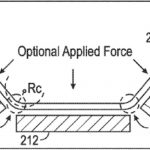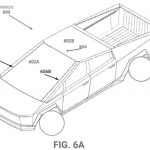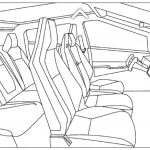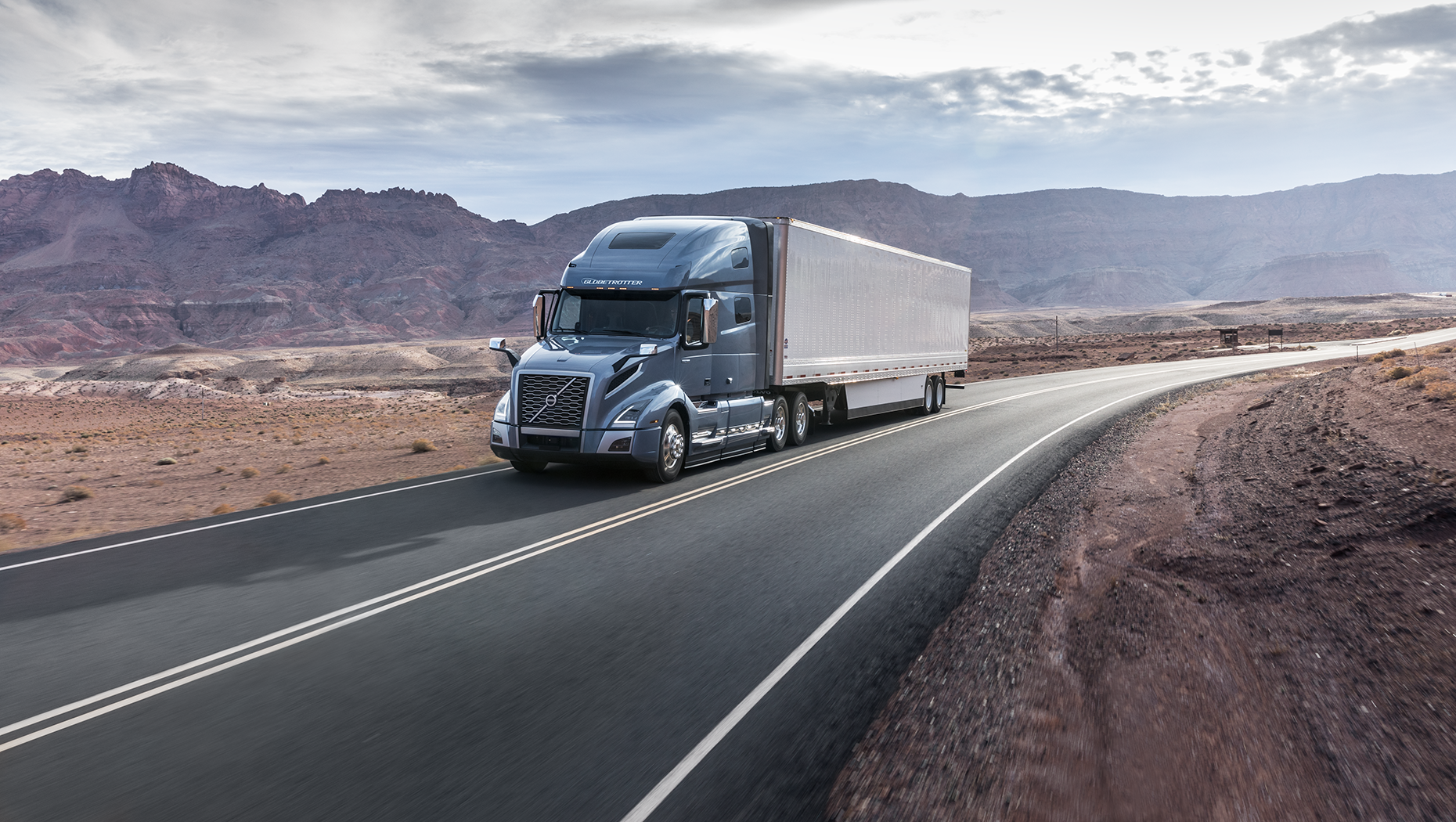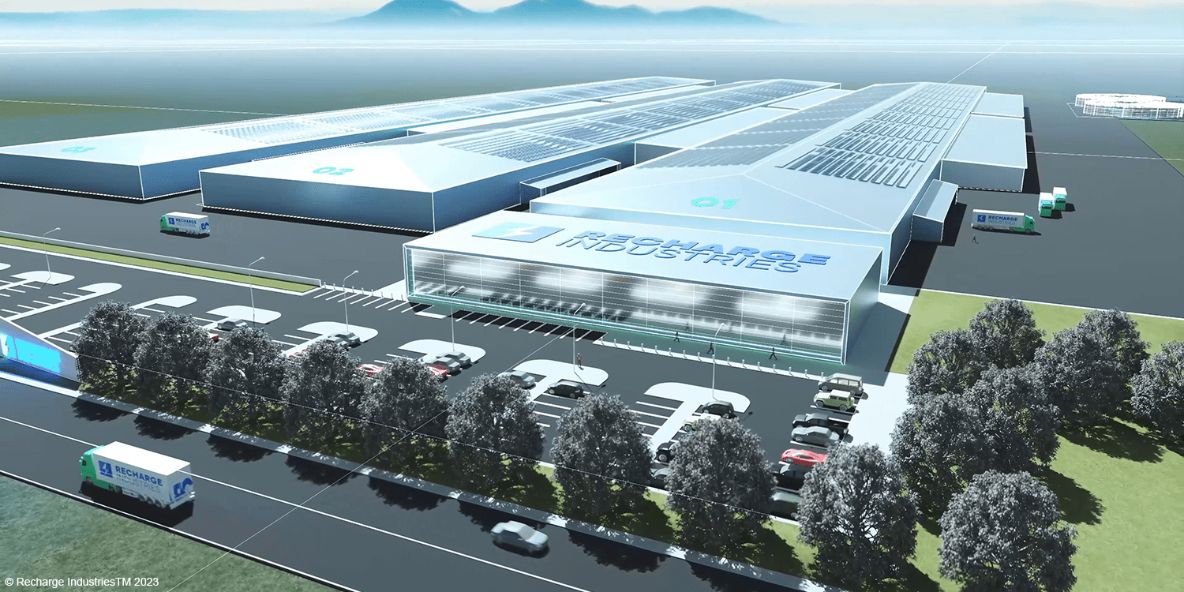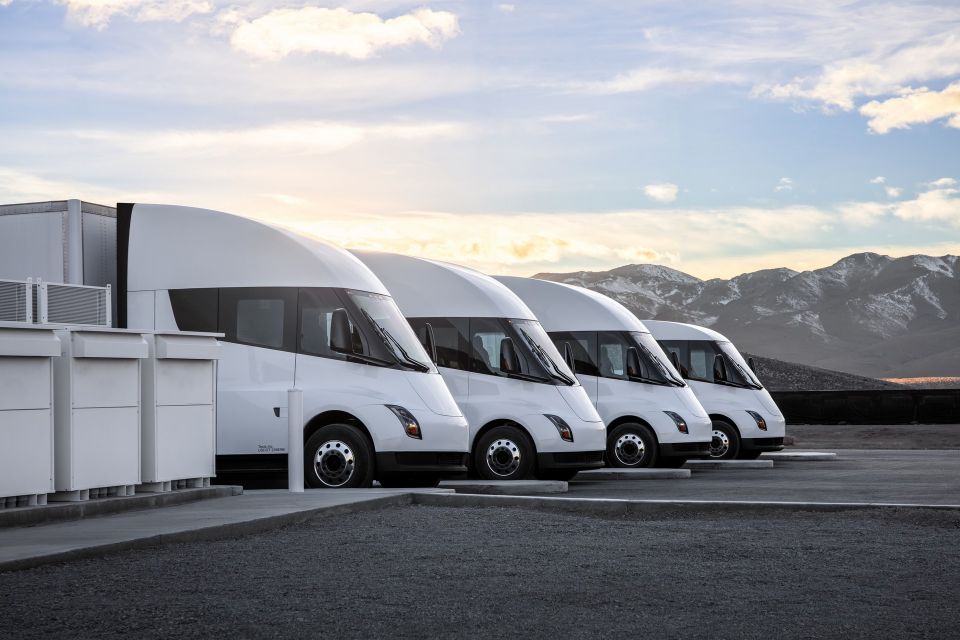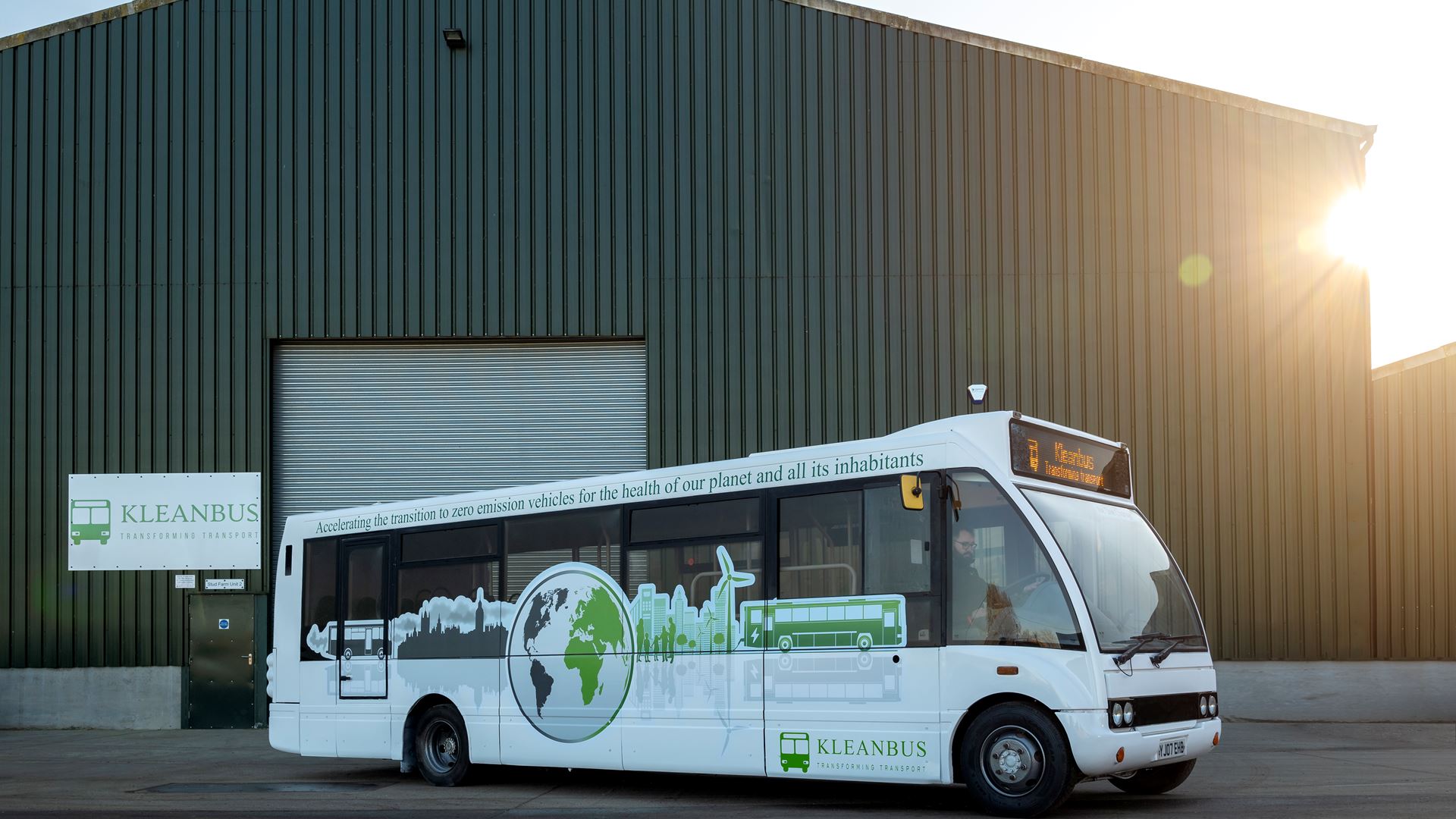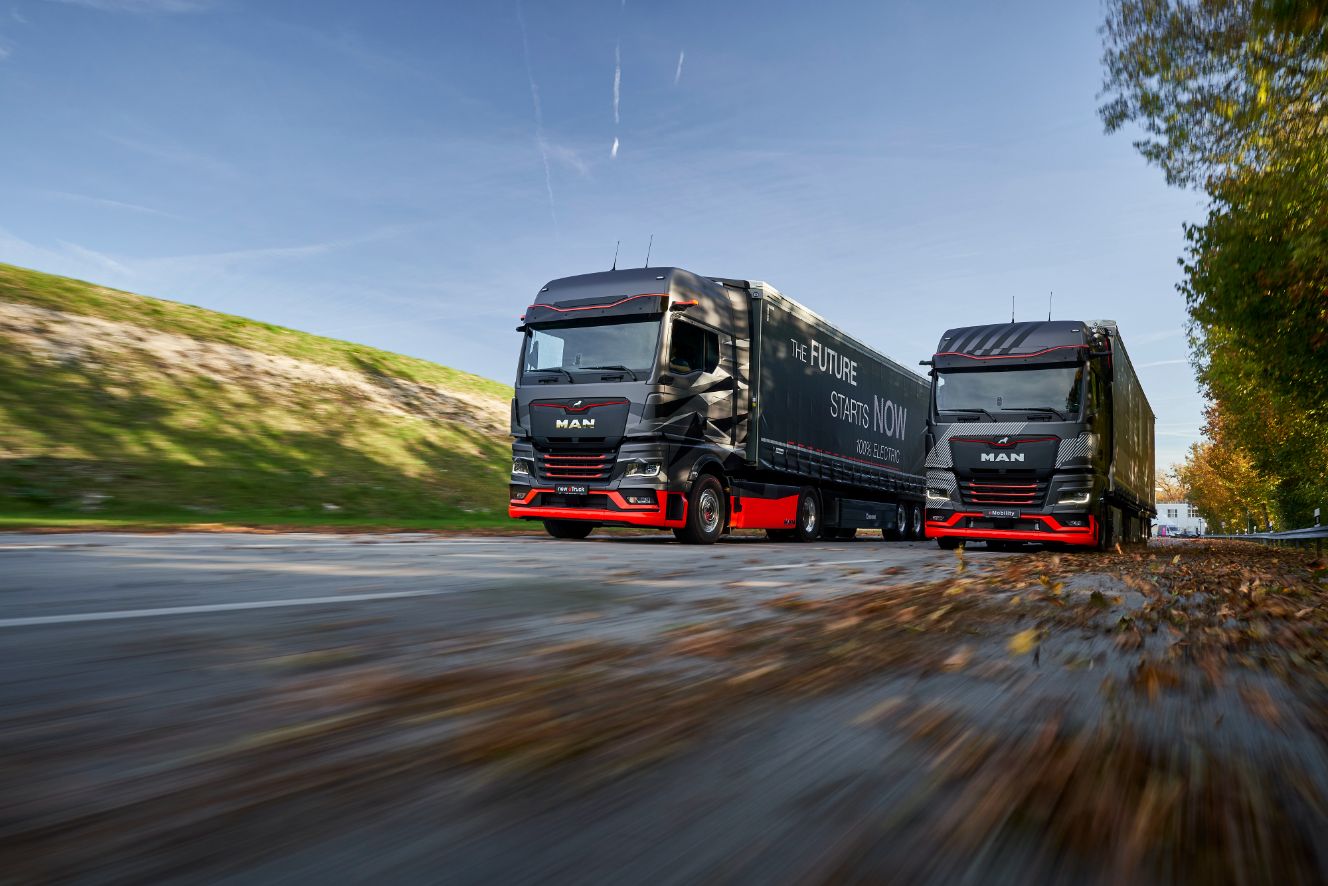Tesla recently acquired a patent for an “Automotive Glass Structure having feature lines and related methods of manufacture,” and has now revealed details about the Cybertruck’s windshield. The patent was obtained on January 19th.
The company describes the glass in the patent:
“Automotive glass structures having curves and feature lines and methods for forming the same are provided. An example method includes applying localized heat (e.g., via a laser, heating element) to a location of a substantially planar glass structure and bending the glass structure at that location (e.g., along a line of the planar glass structure) to form a feature line in the glass structure. The bending can be formed to have a radius of curvature of between 2 mm and 5 cm. Additional layers of curved or joined glass layers may further be included to form a curved multi-layer glass structure for automotive use.”
Tesla has been granted a patent for a new type of glass that could be used in vehicles, including cars, trucks, and semi-trucks. Although the patent mentions multiple types of vehicles, the illustrations in the patent depict the Cybertruck and its interior.
When the Cybertruck was first introduced in November 2019, Tesla touted its special Armor Glass, which is designed to be difficult to break or penetrate. This feature is just one of the many that contribute to the Cybertruck’s durability and longevity.
Previous reports have revealed Tesla’s plans for high-durability glass, which include a “multi-layer glass stack” with a low chance of failure. This design features a thickness of between .5 and 1.1 millimeters, an adhesive interlayer, and a “non-soda lime, low-CTE, high densification glass” that measures between 2 and 5 millimeters thick on the outer layer.
The patent also describes “feature lines,” which refers to the ability of the glass to form structures with “aggressive curves or folds.” This feature is particularly relevant to the Cybertruck, as its exoskeleton features sharp and abrupt changes that are not typically found in other pickup trucks on the market.
Tesla said in the detailed description:
“For example, a faceted windshield with aggressive feature lines may be formed. Without being constrained by way of example, a glass structure may have a feature line with an example radius of curvature of between 2 mm and 5 cm. Thus, glass structures may be formed in shapes and configurations which were previously unavailable through conventional bending methods.”
According to Tesla, the glass used in their vehicles can be manipulated through the application of heat. This process may involve the use of welding or an adhesive such as a polymer to join two pieces of glass together. The company has filed patents related to this technology in several countries including China, Korea, Europe, and Japan.


